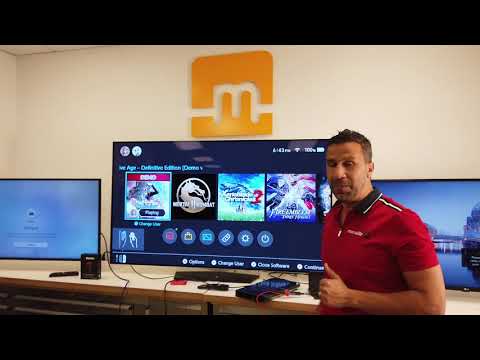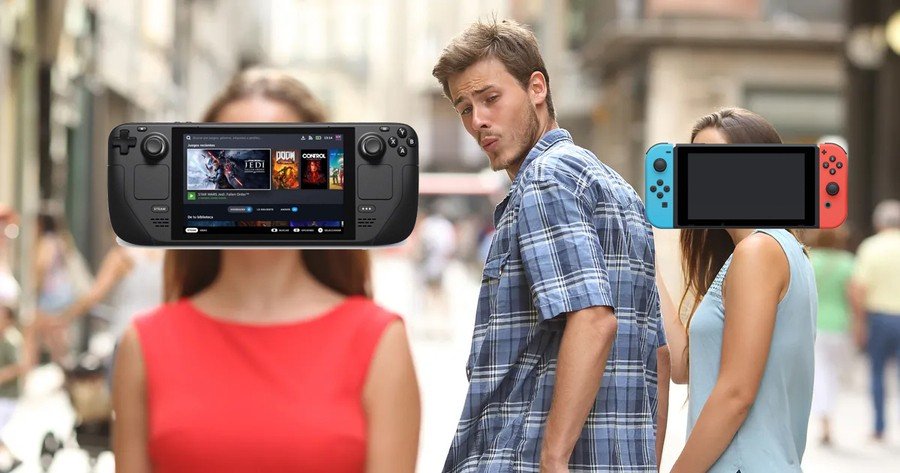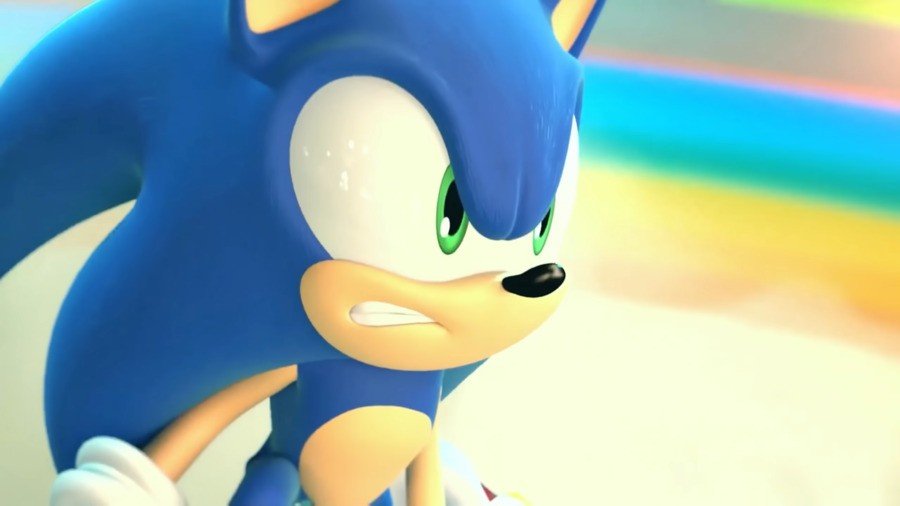

The debate about the existence of a 'Switch Pro' rages on, with reports suggesting it would be announced this year seemingly being disproven by the arrival of the more modest Switch OLED Model. However, the promise of 4K gaming has clearly struck a chord with the general public, and in an effort to fill the void, Marseille, Inc. has given its mClassic a fresh marketing push, boldly claiming that it can transform your standard Switch into a 'Switch Pro' for just $100.
"The eternal disappointment of Nintendo fans continues," reads the press release we were sent back in August. "While we were all anticipating the Switch Pro, we instead got an OLED screen with the exact same resolution and the same Joy-Con drifts. It’s the 3DS XL saga all over again. However, not all hope is lost. While we don’t know when or if we will get a Switch Pro, gamers can create their own with Marseille’s mClassic."
That all sounds great, but what is the mClassic, though? It's actually the successor to a similar product called the mCable, which was advertised as a 'plug-and-play graphics card in a cable' a few years back. The premise behind both products is fairly simple; complex technology embedded into both allows them to 'upscale' the image coming from your console, as well as introduce post-processing features such as anti-aliasing, image sharpening and colour processing, all with 'virtually zero lag', according to Marseille (it's less than 1ms).
The mClassic is certainly a big refinement when compared to the mCable. It's a dongle-like device that basically sits in between your console and the HDMI cable which connects to your TV. There's a male HDMI connector at one end (which is plugged into the source – in this case, your Switch dock) and a female HDMI port at the other (for your output device). The mClassic requires USB power, which is provided via a MicroUSB socket that can be plugged into your Switch dock. The only other element of note on the device is a switch that allows you to toggle the processing; this can be set to off (no LED light), on (green LED light) or retro mode (blue LED light – we'll talk about that one in a bit).
So, can the mClassic really boost your Switch games to 4K? Sadly, despite the lofty promise of the marketing, no. The mClassic is capable of upscaling the 720p / 60fps and 1080p / 60fps signals the Switch produces up to a maximum resolution of 1440p, but not 4K. According to Marseille, the mClassic will upscale gameplay up to 1440p60 "on supported monitors" (you might find that your TV can't only do 1080p) and to get the optimal performance, you need to set your Switch to output 720p then enable the mClassic – which feels odd, as you're essentially telling your console to punch below its best and allow external hardware to do the heavy lifting.
So, why no 4K? Isn't this thing promoted as a Switch Pro-style upgrade? Well, Marseille isn't being totally dishonest here, as the mClassic is capable of upscaling to 4K – but only with signals that are 30fps, not 60 – so it will up-res movies, but not games.
Even so, the mClassic clearly has some effect on your Switch's output, even if it's quite subtle and often easy to miss unless you pause the game and toggle the mClassic's switch on and off to see the difference. The main benefit – and certainly the one that's easiest to comprehend – is the softening of those jagged 'stair step' edges on objects, usually when they're in diagonal orientations. It's not a perfect fix and varies wildly from game to game, but it's definitely there – and, when combined with the modest resolution bump from 1080p to 1440p, does result in an image that looks noticeably sharper – when it works to its maximum effect, that is. If you're viewing in 1080p, however, the effect is much, much harder to catch, and it's worth noting that in some rare cases, the mClassic's combination of upscaling, sharpening and colour processing can result in unwelcome side-effects, such as 'shimmer' on sharp edges where two bold colours or shades meet.
While Marseille has cheekily taken advantage of consumer disappointment surrounding the lack of a 4K-ready Switch console, it's worth noting that the mClassic can also work its magic on 480p signals via its aforementioned 'retro' mode – so you can use it to clean up the image on other systems, provided you have the equipment to get the required HDMI connection out of them. For example, the GameCube now has more than one option when it comes to outputting over HDMI thanks to the efforts of EON, Insurrection and Retro-Bit, which means you can happily use the mClassic with Nintendo's boxy marvel. Because you're dealing with quite a low-resolution image, the results are instantly more apparent, with jaggies softened considerably and the picture looking much, much sharper. We also used the mClassic with our HDMI-modded Sega Dreamcast, and the results were equally pleasing. Even better is the fact that the unit's retro mode forces a 4:3 aspect ratio, which is more in keeping with games released prior to the advent of widescreen televisions. This is especially handy if you're finding that your current TV is stretching a console's 4:3 image to 16:9.
If you have access to an upscaler like the OSSC which can boost 240p signals to 480p, then there are even more options – including systems like the Mega Drive, SNES, Saturn and PlayStation. The problem here is that the mClassic tends to aggressively smooth over sharp pixels, making it look like you've applied one of those horrible filters that many emulators inexplicably possess. In 32-bit 3D games, the result is just as unwelcome, as the extreme jaggy edges of objects are smoothed and obscured. While it's nice that the mClassic is capable of supporting a wide range of platforms and you may find that some games benefit from it, we'd recommend you don't go any further back in time than the Dreamcast or GameCube, as the results aren't really satisfying enough to warrant the effort.
Until we see what Nintendo has in store for its rumoured 'Switch Pro', it's hard to say if the mClassic is truly transformative. It most certainly improves the image produced by the Switch (and other systems), but the impact is so slight in many cases that you might be hard-pushed to actually notice it. For $100, the mClassic is quite an investment – and one that may not offer the improvement many people expect.
Thanks to Marseille for supplying the mClassic unit used in this feature.



